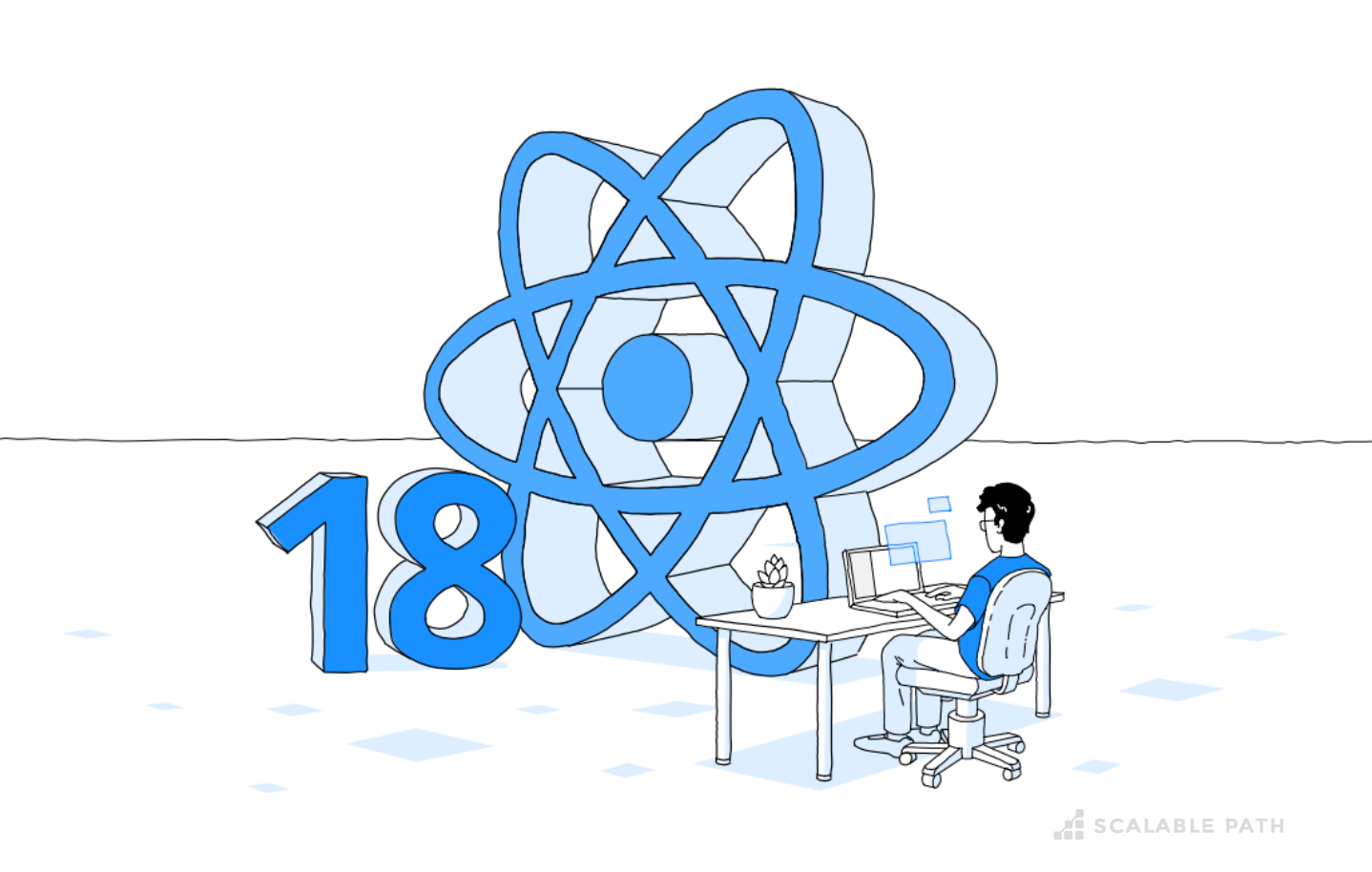
Mastering React 19: Exploring the Latest Features of the New React Version
React 18 was a major milestone in the framework’s journey, primarily because of the introduction of an interruptible, cancelable, concurrent rendering engine. This feature improved UI rendering, improved the interactions with Server Side React (SSR), and paved the way for many new features to...






























































